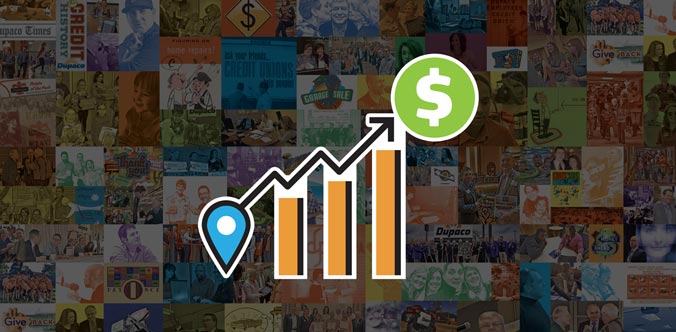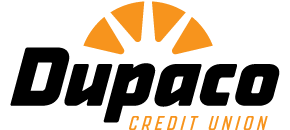
Changing jobs? Don’t leave your 401(k) retirement plan behind
Updated on July 12, 2022, at 1:40 p.m. CT
Changing jobs? If you have a 401(k) retirement plan with your current employer, you’ll need to decide what to do with it when you leave.
Luckily, you have a few options to help you keep saving for retirement.
Learn what to consider with your retirement plan when you change jobs:
|1| Know your options
You likely have a few options with your existing 401(k) savings:
- Leave your retirement account where it is.
- Roll it (move it) into your new employer’s 401(k) plan.
- Roll it (move it) into an Individual Retirement Account (Dupaco offers IRAs).
- Cash out your savings. (We don’t recommend this—learn why in the next tip.)
The best option for you depends on your circumstances and goals.
It also depends on what each employer’s plan allows. Each plan is different, and some might not let you roll an existing 401(k) plan into theirs.
A trusted financial advisor can help you weigh your options.
Request a free consultation with a financial advisor >
|2| Keep your funds in a retirement account
It might be tempting to cash out your 401(k). But resist the urge to cash out your retirement funds early.
“Don’t forget that these funds are meant for retirement. You’re setting yourself back by cashing it in, even if it seems like a small amount,” said Lynn Schmitt, Dupaco Community Credit Union’s IRA manager. “Every little bit you save now adds up later.”
Plus, if you take out this money early, you’ll face tax liabilities and penalties, Schmitt said. These might include a:
- Mandatory withholding of 20% federal tax.
- 10% early withdrawal penalty from the Internal Revenue Service if you don’t qualify for an exception.
“Essentially, you lose 30% of your retirement account balance,” Schmitt said. “But when an employer plan is rolled over directly into an IRA or another 401(k) plan, it’s a non-taxable event with no penalties by the IRS. Plus, you still have those funds set aside for retirement!”
It’s important to consult your tax advisor to understand how an early withdrawal would affect you in both the short- and long-term, Schmitt said.
If you have an immediate need for funding, Dupaco can help you explore other options first.
Request a free Money Makeover to review your options >
|3| Know how rollovers work
If you move your funds to a new employer plan or IRA, you need to complete the process within a certain period. Otherwise, you face potential tax liabilities and penalties.
When your funds are released from your old retirement plan, you have 60 days to put them back into a new 401(k) plan or IRA.
Not only will transferring those funds into an IRA help you continue saving for the future, but your money will keep growing tax-deferred.
Rolling your 401(k) into a Dupaco IRA takes little effort.
If your company gave you paperwork to make your distribution election, Dupaco can help you fill that out and return it to the company.
If you didn’t receive paperwork, you can provide a 401(k) statement to Dupaco so that your credit union can call the company with you.
“A lot of times, we can request the rollover over the phone with your authorization,” Schmitt said. “If not, we will request the necessary paperwork to complete the rollover. Either way, we can help you through the process.”
Learn more about Dupaco IRAs >
|4| Keep saving for retirement
Once you have a plan for your original 401(k) savings, it’s time to build on that momentum and keep saving.
If your new employer offers a 401(k) plan, start contributing to it as soon as you’re eligible. And lean on Dupaco for other ways to save for retirement.
Your future self will thank you!


